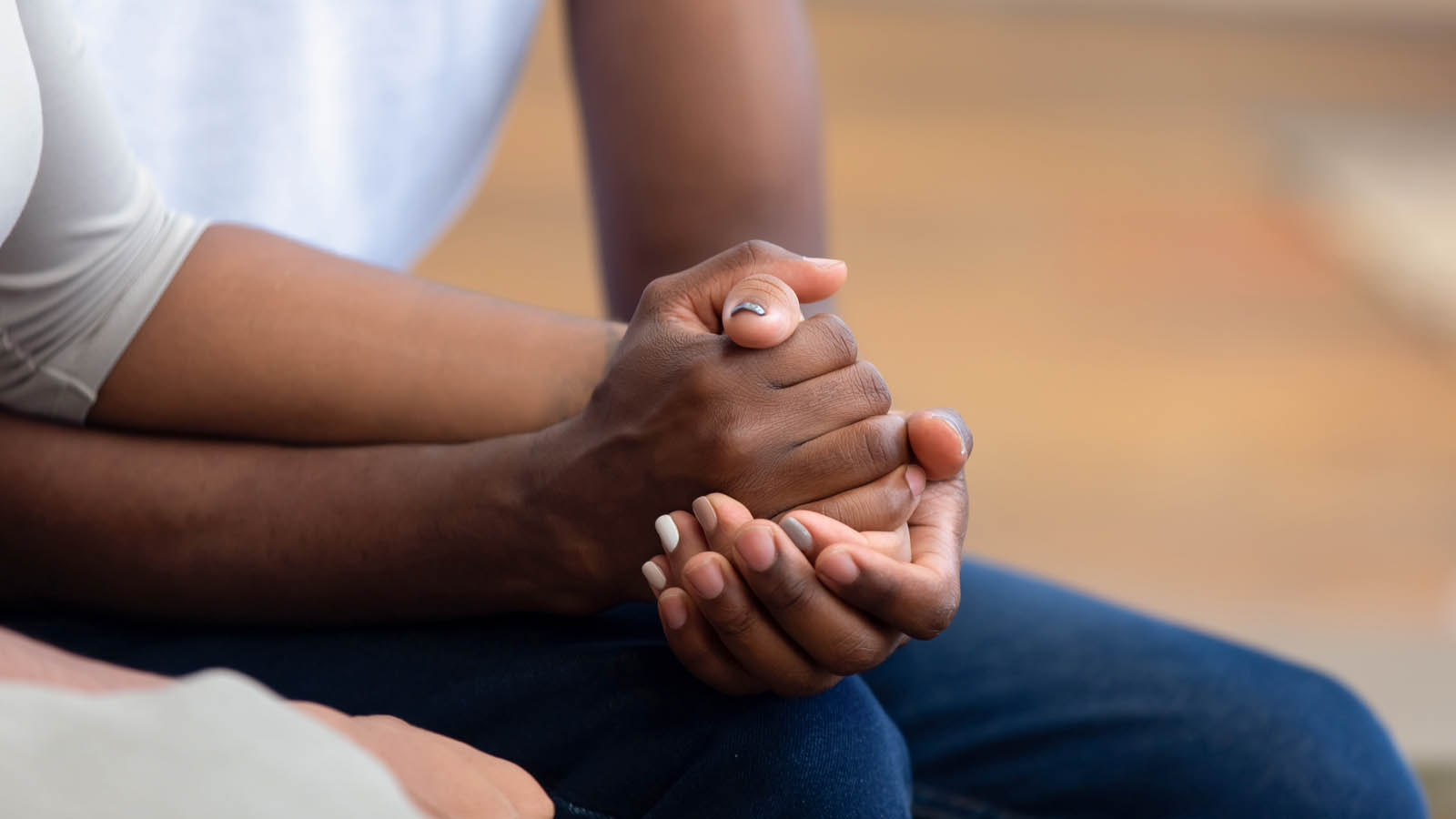
Intimacy & Empathy with Webcam Interviews
Filed Under: Consumer Empathy, IDI (In-depth Interviews), Online Qualitative Research
Ashleigh Williams
Senior Director, In-Person Qualitative Research
Kat Figatner
Senior Vice President, In-Person Qualitative Research
As qualitative researchers, we often find ourselves in the trenches with consumers, seeing firsthand the environments, interactions, and behaviors that influence their daily lives. This also means seeing consumers’ challenges play out in real-time. As multicultural researchers, especially, it is our job to bridge the gap between our clients and a specific cultural cohort.
With the current societal and political climate, it can be especially hard for us to effectively communicate the hardships and challenges these consumers face and overcome to our clients in a deeply meaningful way. We know we have the data. Pew Research reported in 2016 that only about a third of Blacks say race relations in the U.S. were good at the time (Pew Research 2017).
In a recent 2020 Washington Post poll, 65 percent of African-Americans say it is a “bad time” to be a Black person in America (a view widely shared by a clear majority of Black adults across income, generational and political lines). Even as researchers, we sometimes don’t fully understand the impact of the Black experience in the U.S. My colleague, Kat Figatner, experienced this firsthand during a recent research study with Black/African-American respondents. She shares her experience and insights below.
Observations from a Research Study with Black/African-American Respondents
As a qualitative moderator, my goal with research is often to gain empathy and understanding of a target consumer. It’s not always easy to put yourself in someone else’s shoes to understand where they are coming from and how that impacts their motivations and behaviors. It’s something I’ve been practicing since I lived abroad after college – reminding myself whenever I experienced culture shock that not everyone grew up the way I did or within the same cultural context.
This desire to understand how culture shapes our view of the world continued through my grad school education in cultural psychology and into the start of my market research career as I conducted international research, and since joining C+R, multicultural research. Throughout my time at C+R, I’ve partnered with my CultureBeat™ colleagues to explore the differences and commonalities in various cultural cohorts across a variety of categories. From this work and other experiences, I thought I was “woke.” Little did I know until a recent project.
Typically, when I’ve done work with different cohorts, I’ve either been in the backroom with clients observing the in-culture moderator engage with respondents through the two-way mirror, or I’ve been next to the moderator during an ethnographic interview. However, for this recent project, we conducted webcam interviews because we wanted to talk with African-American consumers across the US.
While I’ve moderated and observed hundreds of webcam interviews, using this approach for multicultural research with an in-culture moderator was more intimate than I could have imagined. There was no obvious observation of the special focus group mirror or interruption from a white colleague with “questions from the backroom” or to help with stim. I wasn’t in front of the consumer invading their turf during an in-home interview. Instead, it was two people of the same culture having a conversation. While the moderator revealed there were some observers, their ethnicity wasn’t obvious, and their presence wasn’t felt. This helped to establish a quick rapport and to establish a deep connection.
From these interviews, I heard stories firsthand that I, sadly, hadn’t heard before outside of traditional media outlets – about how the struggle of African-Americans is still very much alive today (beyond the hot buttons issues and obvious examples of racism you read about in the news) and the pride that comes from a culture of resilience; how the importance of community today stems from families being ripped apart by slavery; how there’s a life of duality and code-switching.
This is from a long-form interview, where you get to know who someone is over the course of an hour. The webcam approach allowed me to go where I hadn’t before in my years of fieldwork – to be invited into a conversation between two people who share a connection that allows for a real, candid discussion on various topics. You can read articles, watch focus groups, hear the stats, but when you are voyeuristically listening in to someone talk one-on-one about how they were on the receiving end of a racial slur in elementary school, and they are still feeling the pain of that interaction 30 years later, it makes an impact.
Qual research is sometimes described as a therapy session by respondents as they are challenged to think introspectively on topics they hadn’t considered, go deep within themselves to reveal new insights about who they are and what matters to them. Sometimes these self-revelations bring respondents to tears. The tables were turned for this project as I was the one crying, realizing there was so much about African-American culture that I didn’t even know I didn’t know. I learned that the freedom I thought was a given to us living in the United States isn’t the same freedom others feel; that there’s an immediate comfort and letting down of your guard when you see someone from your shared culture because they can identify with the struggle. Hearing these stories firsthand, I gained more empathy than I had before. The impact of this type of research extends beyond the report at the end of the project, and hopefully changes perspectives and makes observers more understanding and empathetic in their daily lives. I know it has for me.

Our POV:
So, what does this all mean for you? First, we understand that there is no one Black experience but a kaleidoscope of perspectives and experiences that shape the Black consumer mindset. Therefore, it is even more vital to get in front of consumers and gain exposure to a variety of Black perspectives to tap into the breadth of those experiences.
In addition, specifically, if you are looking to gain a deeper understanding (good and bad) of what makes your consumers tick and the challenges they face, we recommend remote cultural immersions via webcam interviews. This methodology allows for an intimate connection with the moderator where rapport is built right away, and observers can listen in. And lastly, we are all students – even those of us who interact with multicultural research regularly. We encourage you to open your hearts and minds to new insights that may even debunk what you know to be true but can also be the key to catapult your business into a new exciting direction.
explore featured
Case studies


